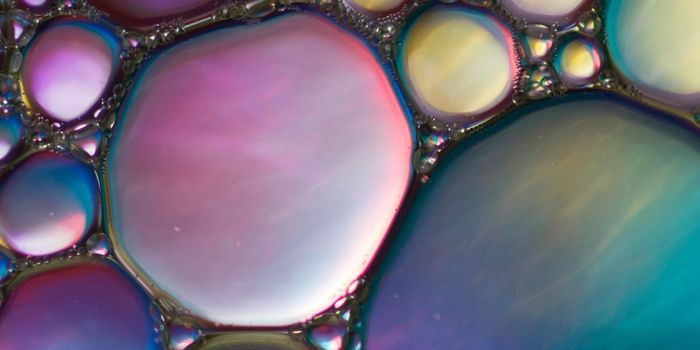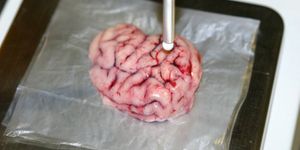Just in the past few months, biomedical engineers have created l
ab-grown heart cells,
retinal nerve cells, and even
vocal cords that can ‘talk.’ Adding to the astonishing list of body parts engineered in the lab, researchers in Japan announced they have produced
lab-grown mouse skin that can sweat and grow hair, just like its biological counterpart!
To engineer this life-like skin, Takashi Tsuji and his team at Japan’s RIKEN Center for Developmental Biology, first took cells from the gums of mice. Then, by applying pluripotency factors to the cells, the team transformed them into induced pluripotent stem cells (iPSCs). These iPSCs are undifferentiated and have the capacity to mature into any cell in the body. While other researchers have used similar steps to produce “human skin,” the end product lacked all three layers characteristic of biological skin.
The Japanese team bypassed this limitation by allowing the iPSCs to grow into 3-dimensional clumps in a dish. The cells were also modified to glow green for easy identification. Once the clumps formed, the team transplanted them into immunodeficient mice, where the clumps continued to grow and differentiated into complex skin tissues. The resulting ‘skin’ had all the hallmarks of actual skin: three different dermal layers, which included hair follicles and oil-producing glands.
Furthermore, the team found that the transplanted tissues connected remarkably well with the surrounding nerves and hair follicle tissues in the mice, showing no signs of immune rejection. After 14 days of transplant, the team found actual hair growing out of the hair follicles of the bioengineered tissues.
"Our present outcomes indicate a proof of concept of regenerative therapy of a fully functional and integrated skin organ system that will have a potential for the application of the future clinical treatment," said Tsuji.
Tsuji’s achievement marked the first time lab-grown skin recapitulated the essential components of skin: three layers of dermal tissue, hair follicles, and sebum glands. But before this technology can be used to generate skin grafts for burn victims, the team has to first tweak the protocol using human skin cells. Another hurdle would be immune rejection, which was not seen in the mice but could prove much more challenging in humans.
"We are coming ever closer to the dream of being able to recreate actual organs in the lab for transplantation, and also believe that tissue grown through this method could be used as an alternative to animal testing of chemicals," said Tsuji in a press statement.
Tsuji hopes lab-grown human skin can be used in medicine “within 10 years.” As his team works on ironing out the kinks of in skin bioengineering, they are also keeping busy on growing teeth, salivary gland, and tear gland in the lab.
Additional source:
Live Science









